Providence Down Payment Assistance Program
Providence Down Payment Assistance Program: Your Complete Roadmap to Owning a Home in 2024
The Providence Down Payment Assistance Program is more than a line item in the city budget—it’s a springboard for renters who dream of holding their own front-door key. Administered through the City of Providence’s Department of Community Development, the initiative offers forgivable loans that can slash the biggest barrier to entry: the down payment. If the Ocean State has been calling your name, read on for a detailed, jargon-free look at requirements, steps, and insider pointers.
Why Setting Roots in Providence Makes Financial Sense
Median sales prices in Providence hovered around $385,000 in late 2023, according to Rhode Island Realtors—up 6 % from the previous year but still well below Boston or New York levels. Combine that with an average 30-year fixed mortgage rate that recently settled under 7 %, and Providence’s neighborhoods offer a cost-to-value ratio hard to find on most East Coast corridors.
Yet a 5 % down payment on that median home still demands roughly $19,250 plus closing costs. That lump sum blocks many otherwise mortgage-ready households. The city’s solution: provide targeted funds so locals can build wealth through homeownership instead of handing rent checks to landlords.
At a Glance: What the Providence Down Payment Assistance Program Offers
- Assistance Type: Zero-interest, forgivable loan secured by a second mortgage.
- Maximum Benefit: Up to $25,000 for qualified buyers (updated January 2024).
- Eligible Uses: Down payment, closing costs, and pre-paid expenses such as homeowners insurance.
- Repayment Terms: Fully forgiven after five years of owner-occupancy—no monthly payments.
- Funding Source: Federal HOME Investment Partnerships Program administered by Providence.
In other words, live in the home for 60 months, and the “loan” transforms into a grant. Move out early and you repay only the prorated balance. That structure rewards long-term neighborhood stability.
How Do I Qualify for the Providence Down Payment Assistance Program?
Qualification hinges on three pillars: income, property location, and buyer status. Start by confirming you are, indeed, a first-time purchaser—defined as someone who hasn’t owned a primary residence in the past three years. Then match your household income to HUD limits. For 2024, maximum Area Median Income thresholds are:
- 1-person household: $66,300
- 2-person household: $75,800
- 3-person household: $85,250
- 4-person household: $94,700
Figures climb modestly for larger families. If you fall under the cap, ensure the home you’re eyeing sits within Providence city limits and will serve as your primary residence. A credit score of at least 620 is recommended by most partnering lenders, though the city itself focuses more on overall mortgage readiness.
How Much Money Can I Receive—and Is It Enough?
The average participant pulled $18,700 from the program last year, city officials told local housing advocates in an October briefing. That sum, combined with minimum borrower funds of 1 % of the purchase price, typically bridges 80-90 % of the cash gap. If you buy a $300,000 condo in Elmhurst, the assistance could cover $25,000, leaving you to bring only $3,000 of your own savings. That’s less than first and last month’s rent on many apartments downtown.
Don’t forget closing costs—title insurance, appraisal, prepaid taxes—can run 2-5 %. Providence’s funds may be applied to those charges too, stretching your dollars further than typical down payment grants.
Do I Ever Have to Pay the Money Back?
Stay put for five years, and the lien is automatically discharged. Sell or move earlier, and you repay the leftover portion, declining monthly at a rate of 1/60th. Break even points arrive surprisingly fast: after just 24 months, 40 % is forgiven already. Many owners who relocate later simply roll the increased home equity into their next purchase, softening the sting of any repayment.
From Renting on Benefit Street to Owning in Silver Lake: Maria & Luis’ Journey
Maria, a nursing assistant, and Luis, a freelance graphic artist, rented a two-bedroom for $1,850 a month near RISD. When their landlord listed the building, panic set in. A friend whispered about the Providence Down Payment Assistance Program. Skeptical but determined, they attended a HUD-approved homebuyer class, gathered tax returns, and partnered with a local credit union. Six weeks later, a modest Cape in Silver Lake became theirs—secured with $22,400 in city funds and just $3,200 from their savings jar. Today, their fixed mortgage payment is $1,560, and they’ve started converting the attic into an art studio.
Seven Steps to Secure Your Providence DPA Funds
- Complete a HUD-Approved Education Course. Providence accepts certificates from NeighborWorks Blackstone River Valley, HousingWorks RI, and several online options.
- Choose a Lender. The city keeps a revolving list of participating banks; most national lenders active in Rhode Island can submit your file.
- Gather Documentation. Two years of tax returns, recent pay stubs, and three months of bank statements form the core.
- Get a Pre-Approval. This signals to sellers that financing — including the assistance — is lined up.
- Sign a Purchase & Sales Agreement. Make sure the contract includes a 45-day financing contingency to satisfy city review time.
- Submit the City Application. Your lender forwards the packet; you can track status through the Providence customer portal.
- Close & Record. A city representative attends the closing or reviews documents immediately after to record the subordinate mortgage.
Pro tip: Schedule your home inspection before forwarding the application, not after. Any repair concessions can alter loan parameters, delaying approval.
Hidden Advantages of Providence’s First-Time Buyer Assistance
- Leverage for Better Rates: Lenders view the forgivable loan as risk mitigation, sometimes shaving off 0.125 % in interest.
- Neighborhood Stabilization: Research by the Urban Institute shows owner-occupied blocks report up to 17 % fewer code violations.
- Equity Accumulation: A 5 % price appreciation on a $350,000 home compounds into $17,500 equity after one year—wealth renters miss entirely.
- Community Perks: New homeowners receive invites to city-sponsored energy-efficiency workshops and façade improvement mini-grants.
When you layer these benefits over the headline dollar figure, the Providence Down Payment Assistance Program resembles an equity accelerator more than a simple subsidy.
Rhode Island Down Payment Help vs. Other Options
The city of Providence homebuyer program isn’t the only game in town, but it boasts friendlier terms than the statewide FirstGenHomeRI grant (forgivable after ten years) and the RIHousing Extra Assistance second mortgage (3 % interest). Compare:
| Program | Max Amount | Forgiveness Period | Interest Rate |
|---|---|---|---|
| Providence Down Payment Assistance | $25,000 | 5 years | 0 % |
| RIHousing Extra Assistance | $15,000 | Repay in full if sold | 3 % |
| FirstGenHomeRI | $17,500 | 10 years | 0 % |
If you plan to remain in Providence for the foreseeable future, the city’s offering generally outshines its peers.
Frequently Asked Questions
Is the assistance only for single-family homes?
No. Eligible property types include condos, 1–4 unit multifamily homes, and townhouses, provided you occupy one unit as your primary residence.
When can I apply for the Providence DPA?
Applications are accepted year-round on a first-come, first-served basis until annual funding is exhausted—usually mid-autumn.
Can I combine the grant with seller concessions?
Absolutely. Seller credits up to 3 % of the price can stack with the city loan, reducing your out-of-pocket cost even further.
What happens if I refinance?
You must obtain subordination from the city. As long as you’re not pulling cash out, Providence typically agrees within 15 business days.
Are there property condition standards?
Yes. Homes must pass a Housing Quality Standards inspection; major safety issues like peeling lead-based paint must be remedied before closing.
Ready to Turn the Key? Let’s Open Doors Together
Opportunities like the Providence Down Payment Assistance Program don’t merely help you cross a financial threshold—they fast-track you into a community invested in your success. Whether you’re mapping out school districts or hunting for the best coffee in Wayland Square, a strategic plan today can plant deep roots tomorrow.
Need a partner to navigate lenders, paperwork, and neighborhood nuances? Our local-first real estate team has guided more than 150 first-time buyers through Rhode Island’s unique programs. Reach out for a no-pressure consultation, and let’s transform “someday” into your move-in date.
Explore More Blog Posts
Checkout more similar posts those will help you to choose better property.

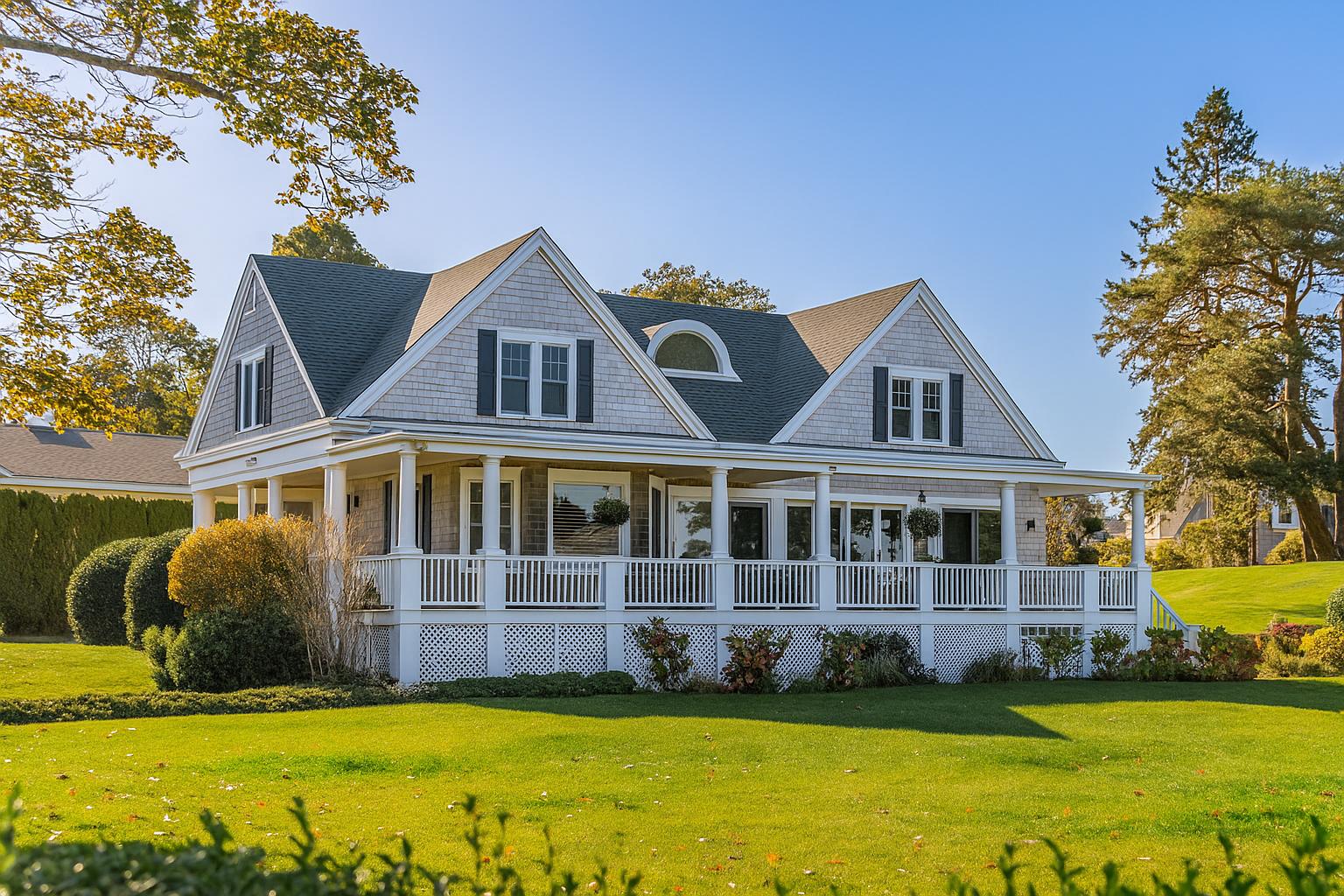
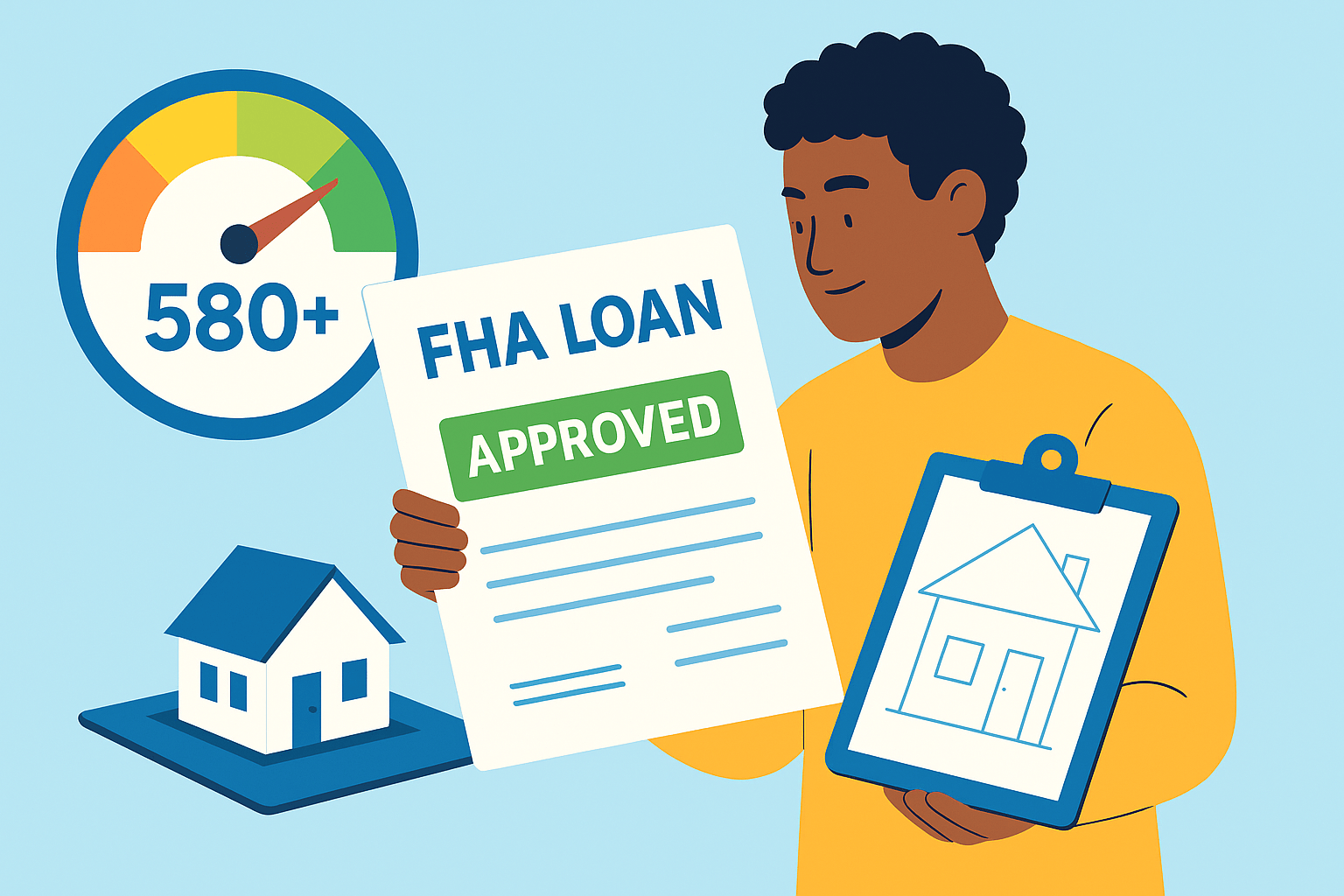
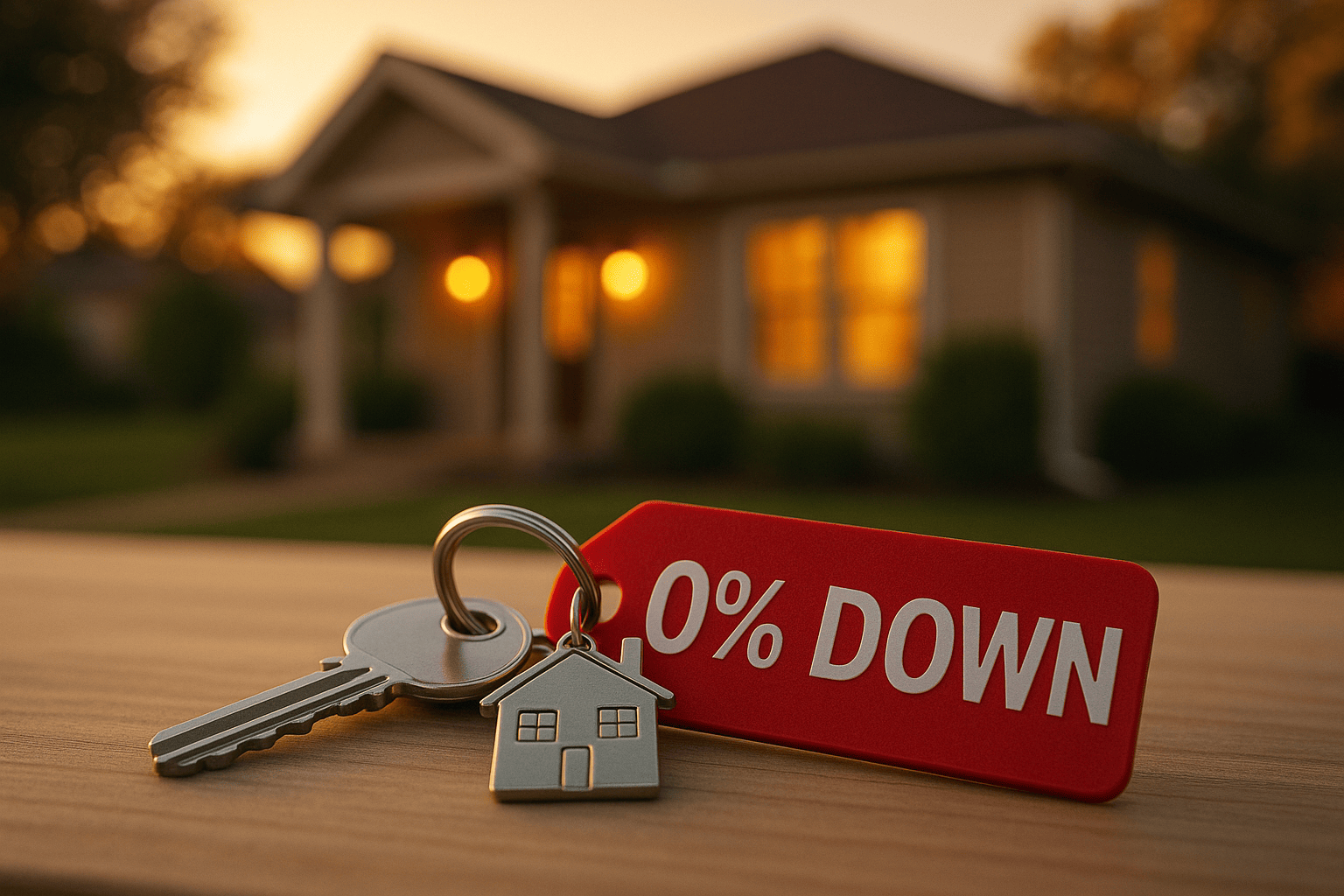




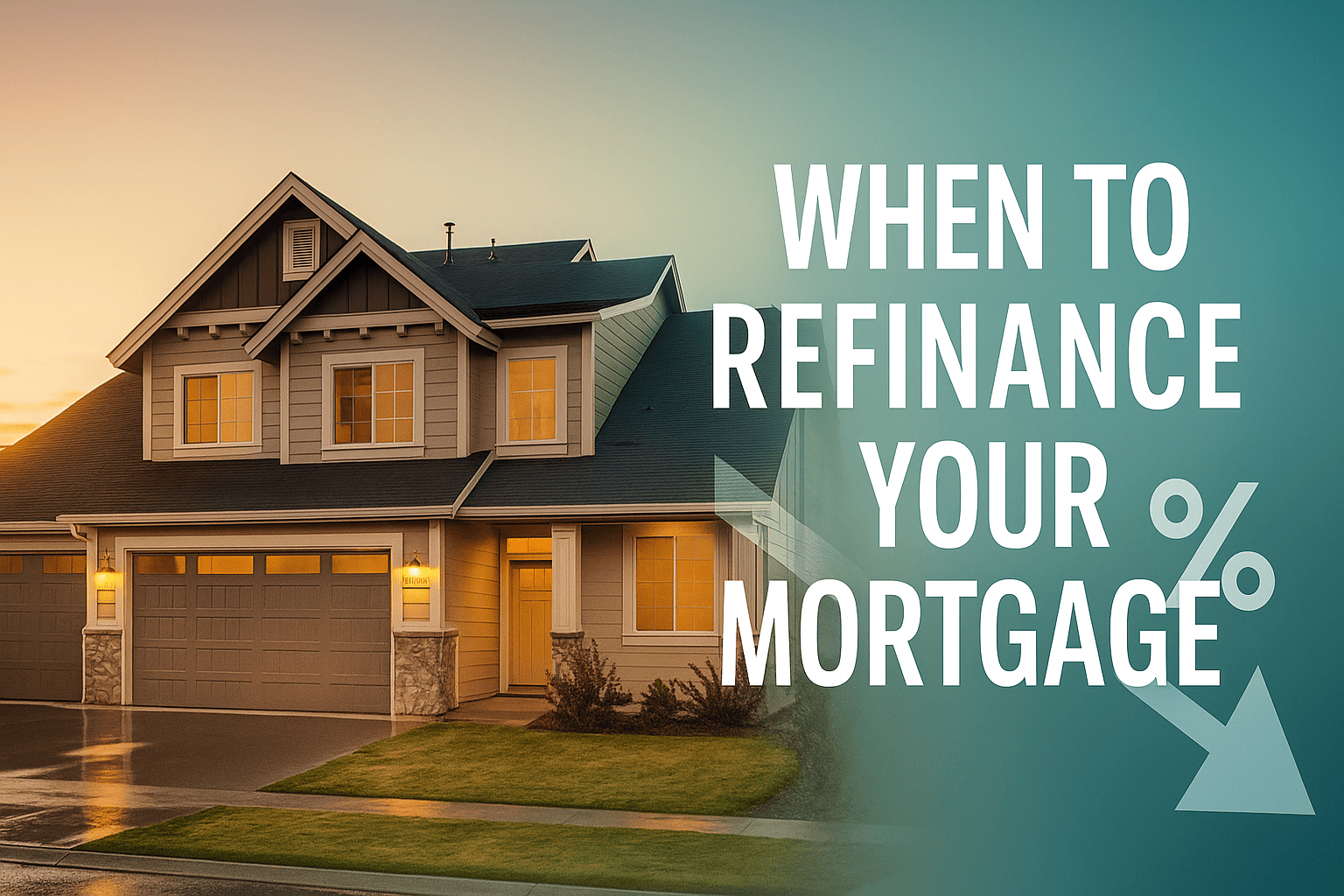
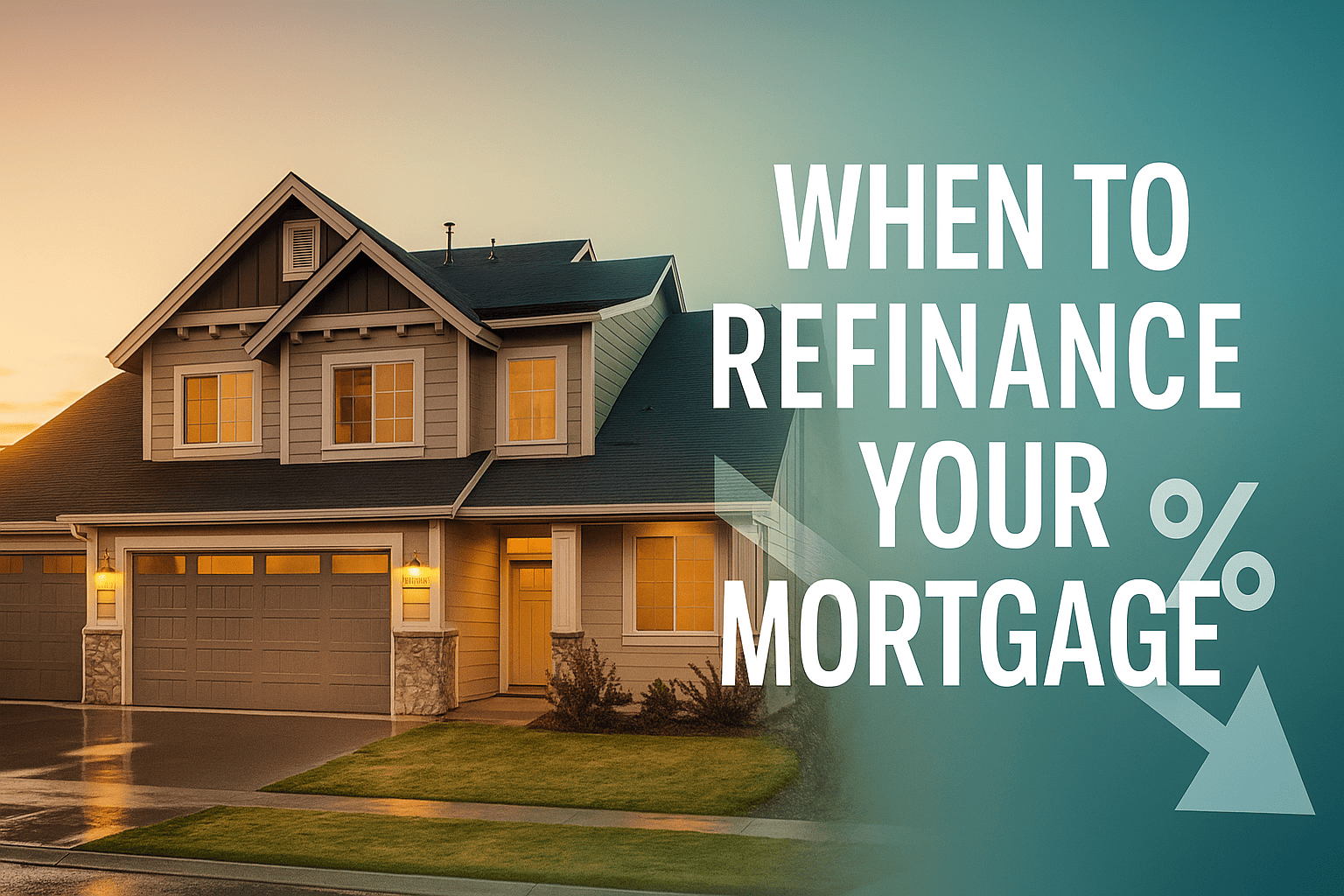


 Profile
Profile Password
Password Saved Properties
Saved Properties Sign Out
Sign Out
 +0.01
+0.01
 -0.15
-0.15

